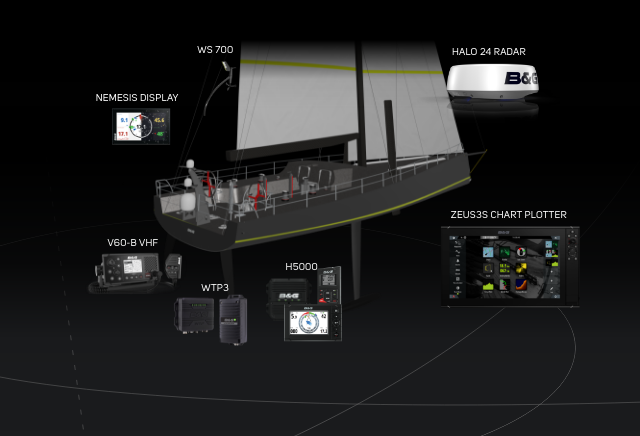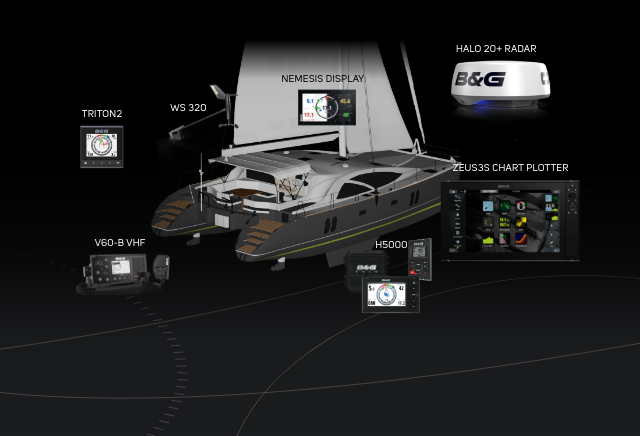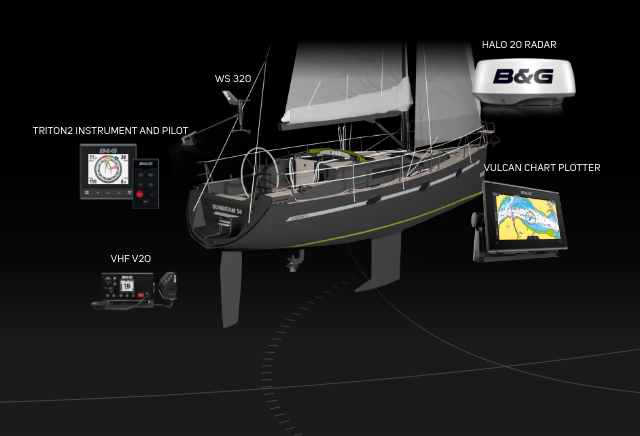Upgrade for an easier, safer,
sailing experience
Upgrade for an easier, safer,
sailing experience
From basic speed and depth information to sophisticated radar and AIS displays, modern electronics and software has improved significantly over the years and offers big benefits. Upgrading your system whether in part, or as a whole, to take advantage of better more accurate data on clearer displays that are intuitive to use and more efficient, could be much easier than you may think.
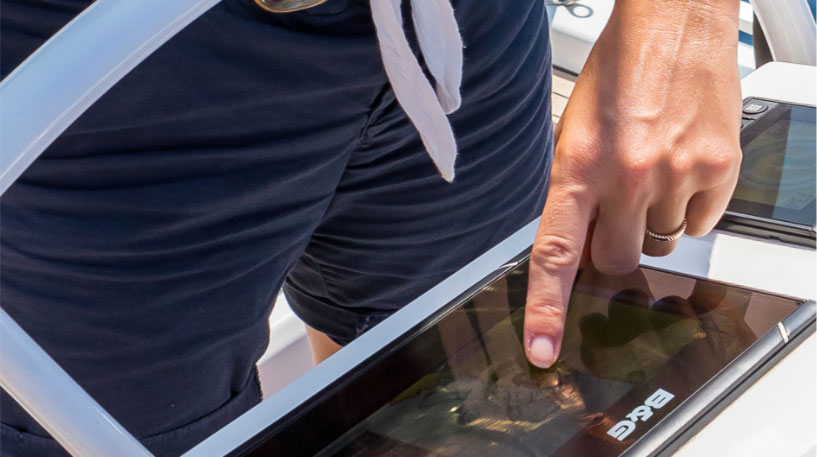
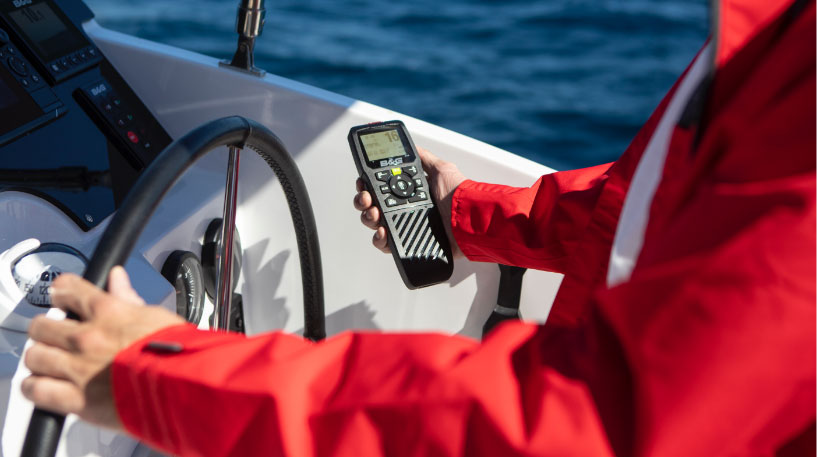
Reasons to upgrade your Sailing electronics
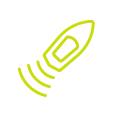
More time sailing less time preparing
Spend less time planning your sailing trips on board and more time enjoying your sailing. Most Chartplotters nowadays allow for simple synchronisations and uploads with phones or other devices, so you can simply step on board, synchronise and sail away.
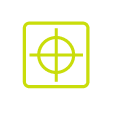
Safer, accurate and reliable sailing information
From charting, to sensors, to speed modern day electronics are a lot more accurate and responsive, so whether its depth or wind speed, or speed of chart loading, todays electronics allow for a much safer and higher performance sailing experience
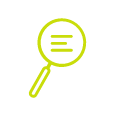
Easier to use, see and control your information
Most marine electronics today are designed around the user experience, and rival the same abilities as a modern day smart phone, so are pretty user intuitive and have a lot more flexibility to edit and configure to your own style, so you can often set up to show the sailing information that you want the way you want it.

Sailing specific features and technologies
In today’s electronics, a lot of software and functionality is designed to make sailing better and has introduced sailing specific features for both racing and cruising.

More efficient on power
Power and weight are key areas where big advances in technology has been made over the years, changing out your old displays and systems for a new one, can have a big impact on your boat, from boat speed, power and sailing performance.

Easier and cost effective to install
Many people put off upgrading, due to perceived complexity and compatibility issues, but it is in fact much easier than you think, with simple conversion cables and modern day integrations designed to plug in to already existing networks. For ease and efficiency we would also recommend using one of the many experienced and certified dealers globally to help or check installations.
Replace or repair?
As with many electronics, striking the balance between replacement and repair can be tricky. And while it may be technically possible to repair individual units, instruments and their networks have improved so much that it is often better to replace a complete unit to take advantage of a big step up in performance.
But there are areas where repair of individual items could be worth considering. Older transducers as an example send their signals to a processor, whereas modern transducers process the signal locally before placing it on the network. This means that upgrading a single transducer could have a knock-on effect, but with a wide range of adapters and converters available a wholesale change to your instruments and their network is normally possible.
How to choose the right products
![]()
Create a list
Create a list of what you currently have with as much detail as you can find such as model numbers, screen sizes and photographs.

Choose a dealer or DIY
Decide if you are going to refit yourself or find and contact a dealer to do it for you.

Compatibility
Establish how best to introduce the new items into your network. Read about Compatibility below or a dealer can advise with this.

Choose equipment
Choose your new equipment best suited to your system and your sailing needs. See our Product Guide below.
Networking & Compatibility
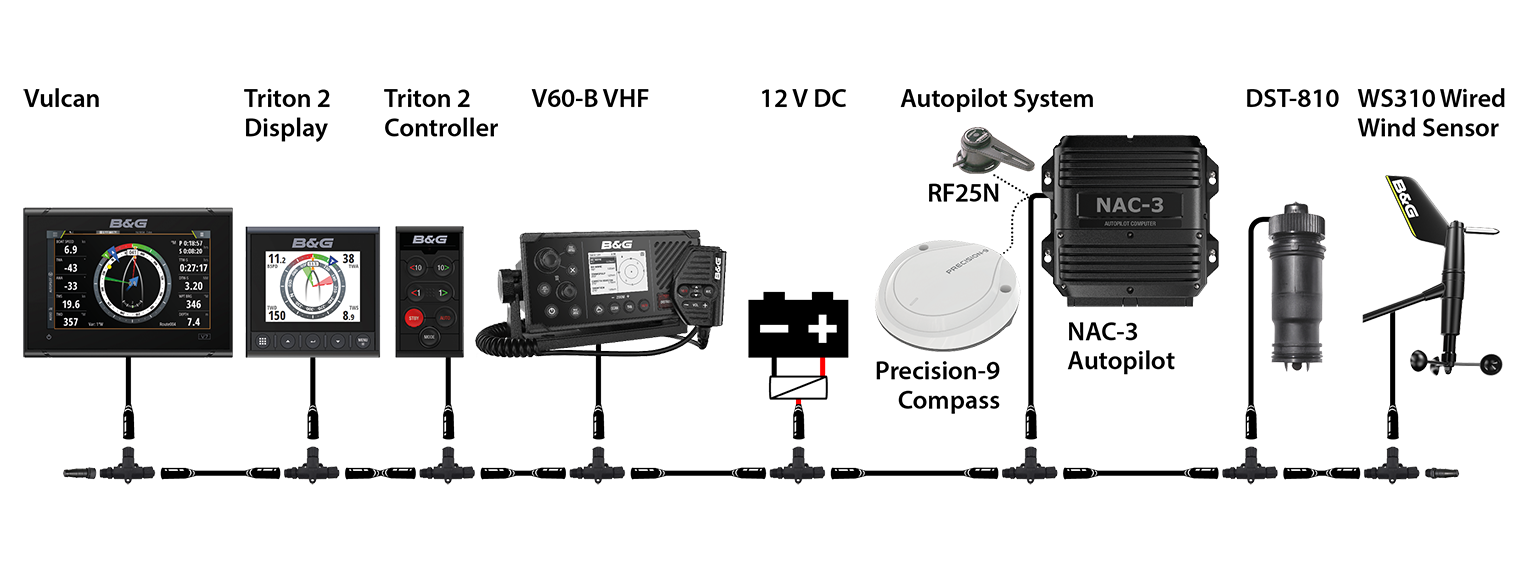
Networks and communication protocols are at the centre of most compatibility issues. The two main protocols are NMEA0183 and the later NMEA2000. If you can, note the year of manufacture of equipment and the network protocol, if applicable as this will help you or your dealer to identify compatibilities. Introducing a new item into an NMEA2000 network is usually a straightforward plug and play process.
Combining NMEA2000 instrument components into a NMEA0183 network will usually require a converter, some of which can also create a WiFi network. Installing a converter will mean that you are well placed to add additional items at a later stage as you build your system.
| Top Tip Key to developing any system is to have a clear idea on what information you want to see. Starting with say the basics including depth, speed, heading and wind speed will help to establish the building blocks for your system. From there, consider where you want to see the information when you’re under way. This will help to establish how many displays you need and help to establish the physical requirements of the network. |
Product Guide - Choosing Your Electronics

Chartplotters
The chartplotter is the heart of any system and where you can very easily make a huge change to your sailing and your system, but while there are advantages to connecting a chart plotter to an existing network, it isn’t always necessary to do so. All our current chart plotters have GPS built-in and do not require an external antenna, all they need is power and they’re ready to go. Most also have direct connections for a transducers/sensors.
It’s really easy to further increase the functionality at any stage by connecting the chart plotter to a DSC VHF radio that has AIS capability. Then add a digital compass such as our ZG100 and you have a sophisticated system that can operate independently of your existing instrumentation with little additional cabling to install.
A common stumbling block is getting a new chart plotter to work with an older, existing radar. New units from the same manufacturer may work, but it is unlikely that units from different manufactures will operate together.
| Top Tip Look to mount the chart plotter outside in the cockpit, it’s designed for outdoor use and will be much more useful when it’s close to hand. The same goes for the VHF and makes connecting the two far easier. |

Wind Instruments
| Top Tip Make sure you check the mounting arrangement on the masthead, in particular the amount of space available. |
Replacing masthead instruments can have knock on effects elsewhere, especially as it is difficult to replace the wiring without un-stepping the mast. However, a wireless transducer such as B&G WS320 makes this a simple replacement if used in combination with a NMEA2000 network. Using an NMEA2000 to NMEA0183 converter would allow this wind transducer to be used on older networks.
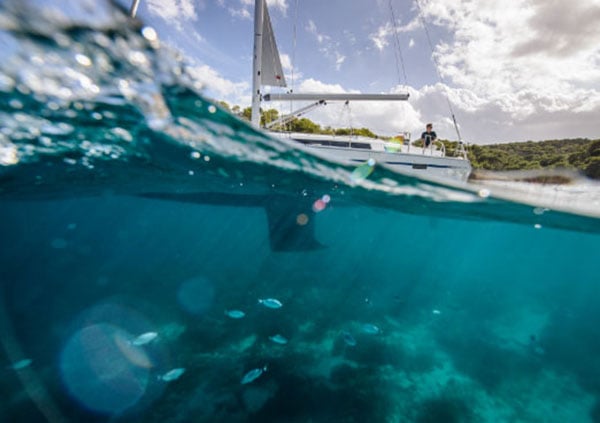
Speed and depth transducers
Speed transducers can range from the older passive units that send their signal to a central processor, to the more modern NMEA speed transducers that process the signal in the transducer and feed the information onto the instrument network. This key difference can have a knock-on effect when considering replacing a speed transducer. For some it is the starting point to build a modern NMEA network while for others a converter will allow an established network to accept data from a newer device.
Modern speed transducers often include depth which makes upgrading both sensors easy. The key is to check the size of hole in the hull that will be required for the new sensor. If you are looking to upgrade depth alone, a hole may not be required as there are transducers that can operate from inside so long as the hull isn’t a sandwich construction in the area that the transducer will be fitted.
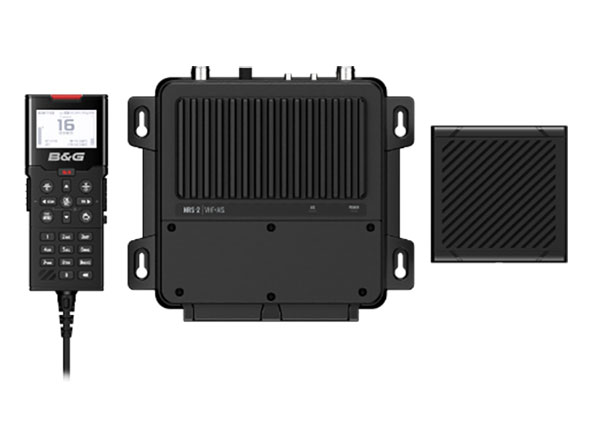
VHF
A new DSC-VHF is often one of the biggest reasons for upgrading as it offers big improvements across three key areas, safety, navigation and communications. Replacing an existing VHF is often very simple as the new unit will be able to use the existing power and antenna cables. In some cases, if you’re looking to use AIS, it may be necessary to fit an antenna cable splitter so that the AIS and VHF can share the same aerial.
A DSC-VHF such as the V60-B can operate as a standalone system, or it can be easily integrated with the instrument network. The most common and indeed useful connection is to a chart plotter which allows a number of important and useful additional functions. Among them, AIS targets can be seen on the chart plotter screen and the vessels contacted directly from the links and details shown on the plotter.
| Top Tip A wireless handheld VHF unit like our H60 can be very useful when moving about the boat plus, if your VHF antenna is fitted at the top of you mast you will get far greater range than from a conventional handheld VHF that is just above sea level. |

Radar
Replacing a radar system to take advantage of the big leaps in technology is another popular upgrade. Often the need to replace will be as a result of a breakdown with an old scanner. Radars that are older than 2013 are likely to be pre-digital and therefore highly unlikely to communicate on a modern instrument system so old scanners and new displays (and vice versa) don’t mix and you will most likely need to consider replacing the complete system.
The advantage though, is that modern radar systems link well with chart plotters and DSC-VHF systems which both have built in GPS systems. This reduces or eliminates the need to replace any existing network. Linked together they form their own network to provide fast and accurate information.
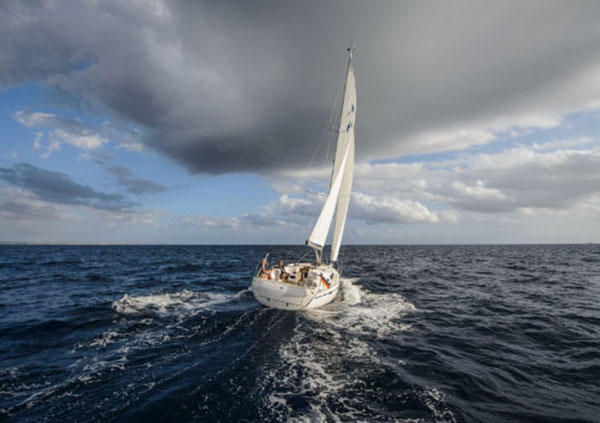
Autopilots
As with radar, there are no industry standards when it comes to communication protocols on autopilot systems so it is unlikely that various elements from different autopilot manufacturers will talk to each other.
However, it is still highly likely that you will be able to use the existing drive unit as there is no intelligence built in here and it is simply driven by a 12v reversible motor. This is good news for anyone looking to upgrade as the drive unit installation is frequently one of the most expensive items in the system and often tricky to re-build.
Thanks to modern motion sensors, compasses and algorithms, modern pilots are much better at course keeping than their predecessors. While our Triton2 Display and Pilot Keypad offer simple and clear pilot operation, our pilots no longer need a dedicated controller and can be driven from a chartplotter and/or wireless controls such as our WR-10.
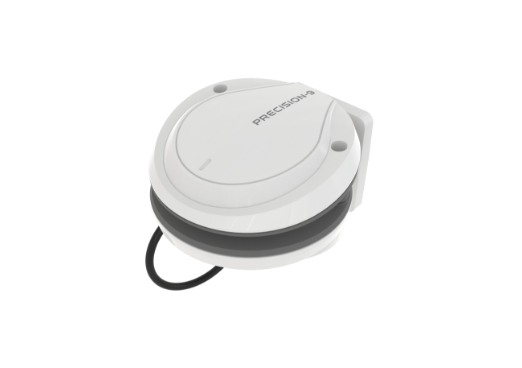
Heading sensors
Compass heading is fundamental to navigation and modern motion sensors have become very sophisticated and reliable. Some, like our Precison-9 have sensors on nine axes making them very accurate when it comes to measuring the boat’s motion. Apart from helping an autopilot keep steady heading, the benefits start with more precise true wind speed and direction which in turn provide better weather routeing and more accurate information for chart plotting and evaluating collision risks with AIS.
Indeed, the knock-on advantages for NMEA2000 heading sensors have been so popular that they are often less expensive than those for NMEA0183 networks. And while converters between the two networks may well work, many see the heading sensor is a strong argument for establishing the first key building block for an upgrade to NMEA2000.
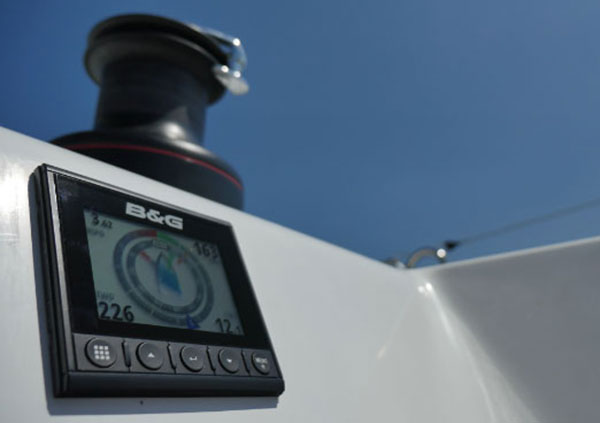
Instrument displays
Modern instrument displays have improved considerably and for many the benefits of crisper, clearer colour displays like our Triton2 and Nemesis displays that can be configured to display the specific information you are after is a reason to consider upgrading the network. Unlike older displays that had a void between the screens, modern displays are optically bonded, have no void and therefore do not suffer from the condensation issues that the older displays were prone to.
These systems were designed specifically to operate on the NMEA2000 network and while it may be possible to integrate some items into older networks, we would usually recommend that installing a new network be the most effective path forwards.
| Top Tip When looking at existing wiring routes and conduits, bear in mind that older systems with bare ended wires have been replaced with cables and plugs. While this makes it much easier to connect a reliable network, the plugs usually need more space to be routed through a conduit. |
Fitting A Complete New System
The long list of benefits and ease of operation is a big draw for many. One of the big advantages to installing an NMEA2000 network is that it is then easy to add to or amend the instrument system at a later date. The key to a building complete system is knowing what information you want to see and where you want to see it. From there you can identify the transducers and displays and build a picture as to the physical networking that is required. To help create this we have produced a series of ultimate sailing system guides based on your type of sailing.
